The Hubble Space Telescope has been in space for 28 years, producing some of the most beautiful and scientifically important images of the cosmos that humanity has ever taken. But let’s face it, Hubble is getting old, and it probably won’t be with us for too much longer.
NASA’s James Webb Space Telescope is in the final stages of testing, and WFIRST is waiting in the wings. You’ll be glad to know there are even more space telescopes in the works, a set of four powerful instruments in design right now, which will be part of the next Decadal Survey, and helping to answer the most fundamental questions about the cosmos.

I know, I know, the James Webb Space Telescope hasn’t even reached space yet, and there could still be more delays as it goes through its current round of tests. At the time I’m recording this video, it’s looking like May 2020, but come on, you know there’ll be delays.
And then there’s WFIRST, the wide angle infrared space telescope that’s actually made of an old Hubble class telescope that the National Reconnaissance Office didn’t need any more. The White House wants to cancel it, Congress saved it, and now NASA is getting parts of it constructed. Assuming it doesn’t run into more delays, we’re looking at a launch in the mid-2020s.
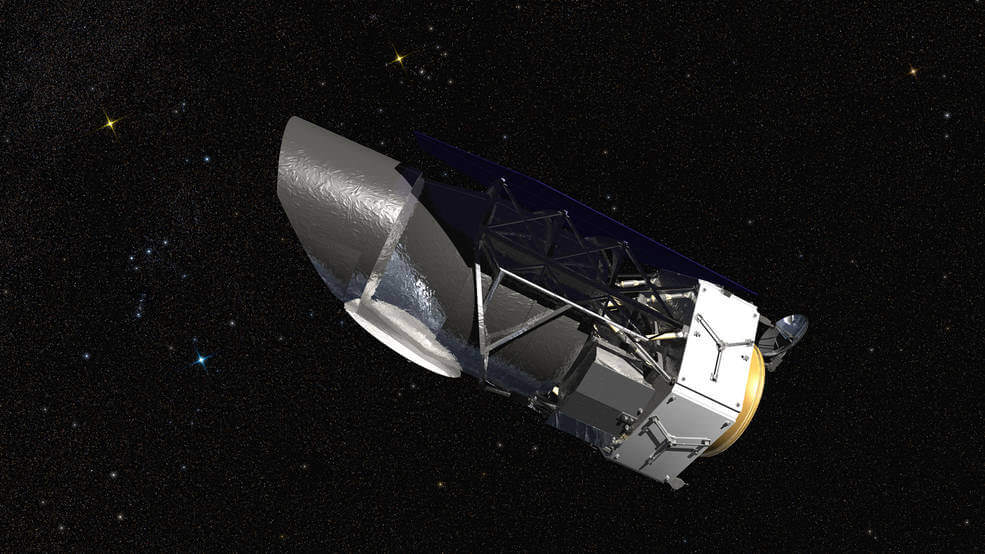
Credits: NASA/GSFC/Conceptual Image Lab
I’ve actually done an episode about supertelescopes, and talked about James Webb and WFIRST, so if you want to learn more about those observatories, check that out first.
Today we’re going to go further into the future, to look at the next next generation telescopes. The ones that could be launched after the telescope that gets launched after the telescope that comes next.
Before I dig into these missions, I need to talk about the Decadal Survey. This is a report created by the US National Academy of Sciences for Congress and NASA. It’s essentially a wishlist from scientists to NASA, defining the biggest questions they have in their field of science.
This allows Congress to assign budgets and NASA to develop mission ideas that will help fulfill as many of these science goals as possible.
These surveys are done once every decade, bringing together committees in Earth science, planetary science, and astrophysics. They pitch ideas, argue, vote and eventually agree on a set of recommendations which will define science priorities over the next decade.
We’re currently in the 2013-2022 Decadal Survey period, so in just a few years, the next survey will be due, and define the missions from 2023-2032. I know, that really sounds like the distant future, but time’s actually running out to get the band back together.
If you’re interested, I’ll put a link to the last Decadal Survey, it’s a fascinating document and you’ll get a better sense of how missions come together.
We’re still a few years away from the final document, but serious proposals are in the planning stages for next generation space telescopes, and they are awesome. Let’s talk about them.
The first mission we’ll look at is HabEx, or the Habitable Exoplanet Imaging Mission. This is a spacecraft that will directly photograph planets orbiting other stars. It’ll be targeting all kinds of planets, from hot Jupiters to super Earths, but its primary target will be to photograph Earth-like exoplanets and measure their atmospheres.
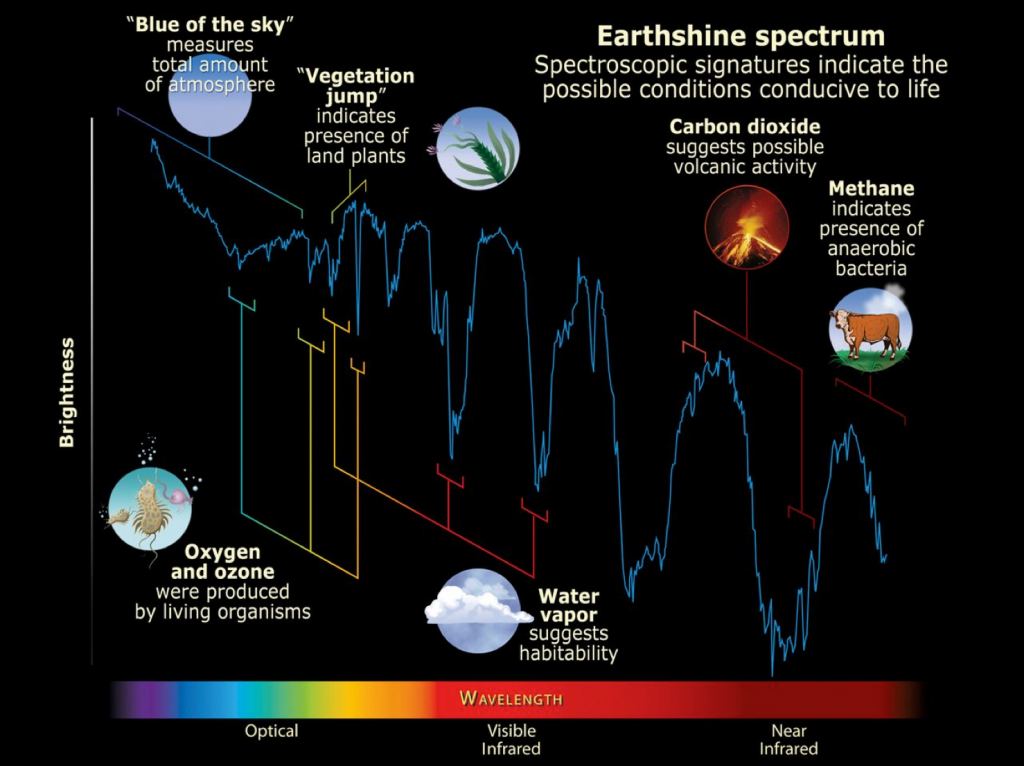
In other words, HabEx is going to try and detect signals of life in planets orbiting other stars.
In order to get this done, HabEx needs to block the light from the star, so that much fainter planets nearby can be revealed. It’ll have one and maybe two ways to do this.
The first is using a coronagraph. This is a tiny dot that sits inside the telescope itself, which is positioned in front of the star and blocks its light. The remaining light passing through the telescope comes from fainter objects around the star and can be imaged by the instrument’s sensor.
The telescope has a special deformable mirror that can be tweaked and tuned until the fainter planets come into view.
Here’s an example of a coronagraph in use, on the European Southern Observatory’s Very Large Telescope. The central star is hidden, revealing the dimmer dust disk around it. Here’s a direct image of a brown dwarf orbiting a star.
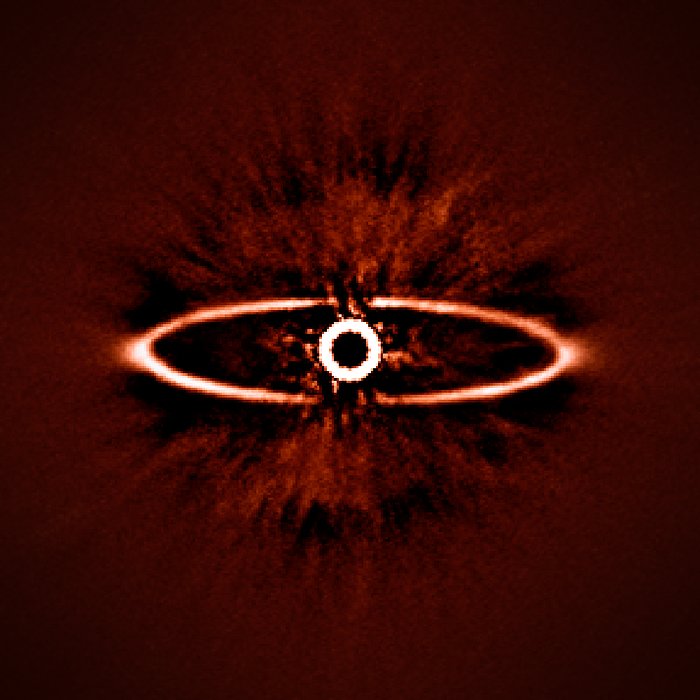
And this is one of the most dramatic videos I think I’ve ever seen, with 4 Jupiter-sized worlds orbiting around the star HR 8799. It’s a bit of a trick, the researchers animated the motion of the planets in between observations, but still, wow.
The second method of blocking the light will be to use a Starshade. This is a completely separate spacecraft that looks like a pinwheel. It flies tens of thousands of kilometers away from the telescope, and when it’s positioned perfectly, it blocks the light from the central star, while allowing light from the planets to leak around the edges.
The trick with a Starshade is those petals, which create a softer edge so the light waves from the fainter planet is less bent. This creates a very dark shadow that should have the best chance at revealing planets.
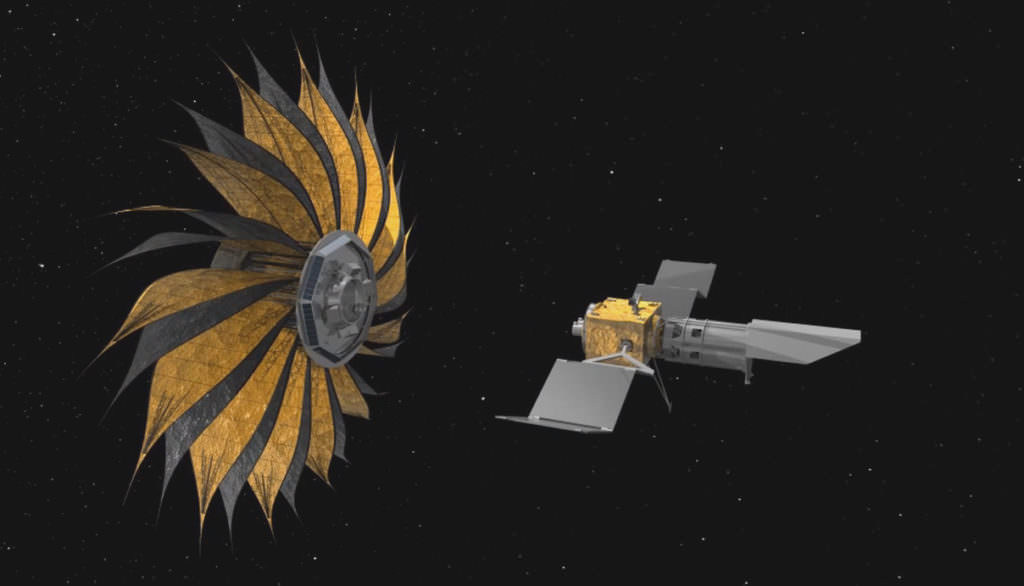
Unlike most missions, Starshades like this can be used with any observatory in space. So, Hubble, James Webb or any other observatory could take advantage of this instrument.
We’ve always complained about how we can only see a fraction of the planets out there using the transit or radial velocity method because of how things line up. But with a mission like HabEx, planets can be seen direction, in any configuration.
In addition to this primary mission, HabEx will also be used for a variety of astrophysics, like observing the early Universe, and studying the chemicals of the biggest stars before and after they explode as supernovae.
Next up, Lynx, which will be NASA’s next generation X-ray telescope. Surprisingly, it’s not an acronym, it’s just named after the animal. In various cultures Lynxes were thought to have the supernatural ability to see the true nature of things.
X-rays are at the higher end of the electromagnetic spectrum, and they’re blocked by the Earth’s atmosphere, so you need a space telescope to be able to see them. Right now, NASA has its Chandra X-ray Observatory, and ESA is working on its ATHENA mission, due for launch in 2028.

Lynx will act as a partner to the James Webb Space Telescope, peering out to the edge of the observable Universe, revealing the first generations of supermassive black holes, and helping to chart their formation and mergers over time. It’ll see radiation coming from the hot gas from the early cosmic web, as the first galaxies were coming together.
And then it’ll be used to examine the kinds of objects Chandra, XMM Newton and other X-ray observatories focus on: pulsars, galaxy collisions, collapsars, supernovae, black holes, and more. Even normal stars can give off X-ray flares that tell us more about them.
The vast majority of the Universe’s matter is located in clouds of gas as hot as a million Kelvin. If you want to see the Universe as it truly is, you want to look at it in X-rays.
X-ray telescopes are different from visible light observatories like Hubble. You can’t just have a mirror that bounces X-rays. Instead, you use grazing-incidence mirrors which can slightly redirect photons that hit them, funneling them down to a detector.
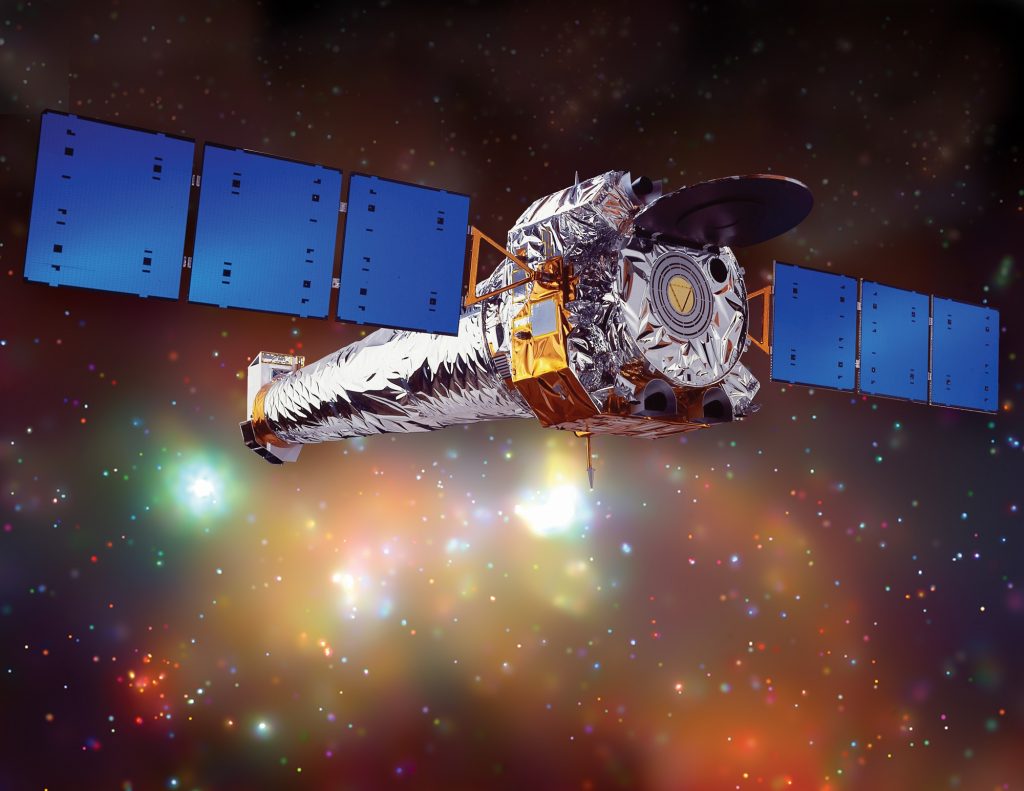
With a 3 meter outer mirror, the starting part of the funnel, it’ll provide 50-100 times the sensitivity with 16 times the field of view, gathering photons at 800 times the speed of Chandra.
I’m not sure what else to say. It’ll be a monster X-ray observatory. Trust me, astronomers think this is a very good idea.
Next, the Origins Space Telescope or OST. Like James Webb, and the Spitzer Space Telescope, OST is going to be an infrared telescope, designed to observe some of the coolest objects in the Universe. But it’s going to be even bigger. While James Webb has a primary mirror 6.5 meters across, the OST mirror will be 9.1 meters across.
Imagine a telescope almost as big as the largest ground telescopes on Earth, but out in space. In space.
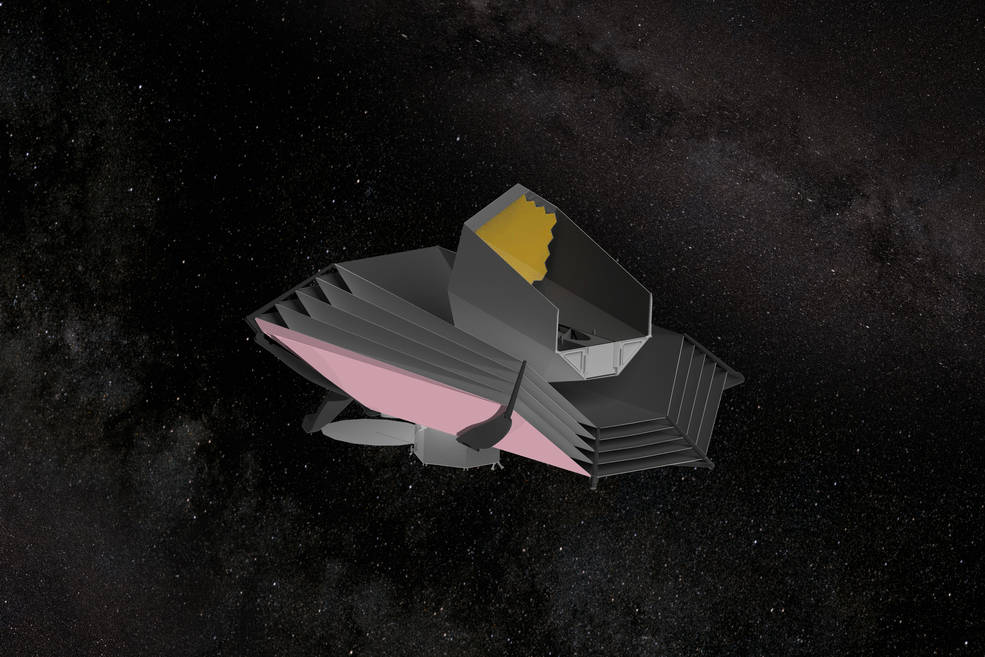
It won’t just be big, it’ll be cold.
NASA was able to cool down Spitzer to just 5 Kelvin – that’s 5 degrees above absolute zero, and just a little warmer than the background temperature of the Universe. They’re planning to get Origins down to 4 Kelvin. It doesn’t sound like much, but it’s a huge engineering challenge.
Instead of just cooling the spacecraft with liquid helium like they did with Spitzer, they’ll need to take the heat out in stages, with reflectors, radiators, and finally a cryocooler around the instruments themselves.
With a huge, cold infrared telescope, Origins will push beyond James Webb’s view of the formation of the first galaxies. It’ll look to the era when the first stars were forming, a time that astronomers call the Dark Ages.
It’ll see the formation of planetary systems, dust disks and directly observe the atmospheres of other planets looking for biosignatures, evidence of life out there.
Three exciting missions, that’ll push our knowledge of the Universe forward. But I’ve saved the biggest, most ambitious telescope for last
LUVOIR, or the Large UV/Optical/IR Surveyor. James Webb is going to be a powerful telescope, but it’s an infrared instrument designed to look at cooler objects in the Universe, like red-shifted galaxies at the beginning of time, or newly forming planetary systems. The Origins Space Telescope will be a better version of James Webb.
LUVOIR will be the true successor to the Hubble Space Telescope. It’ll be a huge instrument capable of seeing in infrared, visible light and ultraviolet.
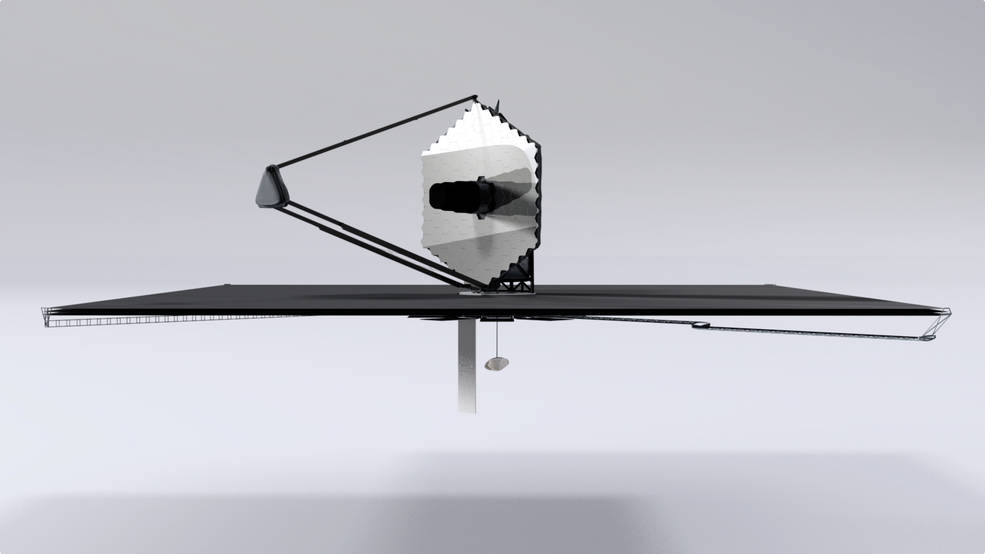
There are two designs in the works. One which is 8-meters across and could launch on a heavy-lift vehicle like the Falcon Heavy. And another design that would use the Space Launch System that measures 15-meters across. That’s 50% bigger than the biggest Earth-based telescope. Remember, Hubble is only 2.6 meters.
It’ll have a wide field of view and a suite of filters and instruments that astronomers can use to observe whatever they want. It’ll be equipped with a coronograph like we talked about earlier, to directly observe planets and obscure their stars, a spectrograph to figure out what chemicals are present in exoplanet atmospheres, and more.
LUVOIR will be a general purpose instrument, which astronomers will use to make discoveries across the fields of astrophysics and planetary science. But some of its capabilities will include: directly observing exoplanets and searching for biosignatures, categorizing all the different kinds of exoplanets out there, from hot Jupiters to super Earths.
It’ll be able to observe objects within the Solar System better than anything else – if we don’t have a spacecraft there, LUVOIR will be a pretty good view. For example, here’s a view of Enceladus from Hubble, compared to the view from LUVOIR.

It will be able to look out anywhere in the Universe, to see much smaller structures than Hubble. It’ll see the first galaxies, first stars, and help measure the concentrations of dark matter across the Universe.
Astronomers still don’t fully understand what happens when stars gather enough mass to ignite. LUVOIR will look into star forming regions, peer through the gas and dust and see the earliest moments of star formation as well as the planets orbiting them.
Have I got you totally and completely excited about the future of astronomy? Good. But here’s comes the bad news. There’s almost no chance reality will match this fantasy.
Earlier this month NASA announced that mission planners working on these space telescopes will need to limit their budgets to between three and five billion dollars. Until now, planners didn’t have any guidelines, they were to just design instruments that could get the science done.
Engineers had been working on mission plans that could easily cross $5 billion for HabEx, Lynx and OST, and were considering a much larger $20 billion for LUVOIR.
Even though Congress has been pushing for surprisingly big budgets for NASA, the space agency wants its planners to be conservative. And when you consider just how over budget and late James Webb has become, it’s not entirely surprising.
James Webb was originally supposed to cost between one and three point five billion dollars and launch between 2007 and 2011. Now it looks like 2020 for a launch, the costs have broken past a Congress mandated $8.8 billion budget, and it’s clear there’s still a lot of work to be done.
In a recent shake test, engineers found washers and screws that had shaken out of the telescope. This isn’t like an IKEA shelf with leftover parts. These pieces are important.
Even though it’s been saved from the chopping block, the WFIRST Telescope is estimated to be $3.9 billion, up from its original $2 billion budget.
One, two or maybe even all of these telescopes will eventually get built. This is what the scientists think are most important to make the next discoveries in astronomy, but get ready for budget battles, cost overruns and stretching timelines. We’ll know better when all the studies come together in 2019.
It would take some kind of engineering miracle to have all four telescopes come together, on time and on budget, to blast to space together in 2035. I’ll keep you updated.

Elon Musk’s schedule optimism notwithstanding, regular lunar launch and return capability is now a distinct possibility within the next 10 years. Would love to see an article comparing the logistics and costs of creating telescopes that have to fold up so they can launch in one go and self maintain in zero g + cold + radiation of space to assembling one on the lunar surface, possibly in stages. In a polar crater it would be naturally shielded whilst usable 24/7 and could be very large indeed. It would also be a good justification for going to the moon in the first place.